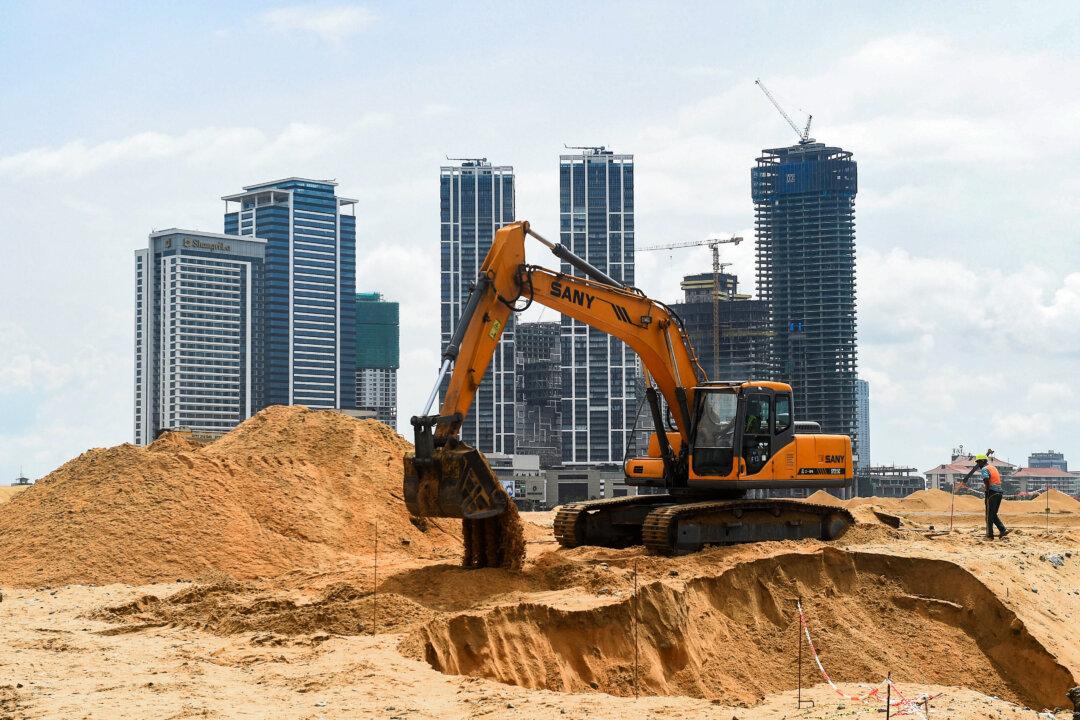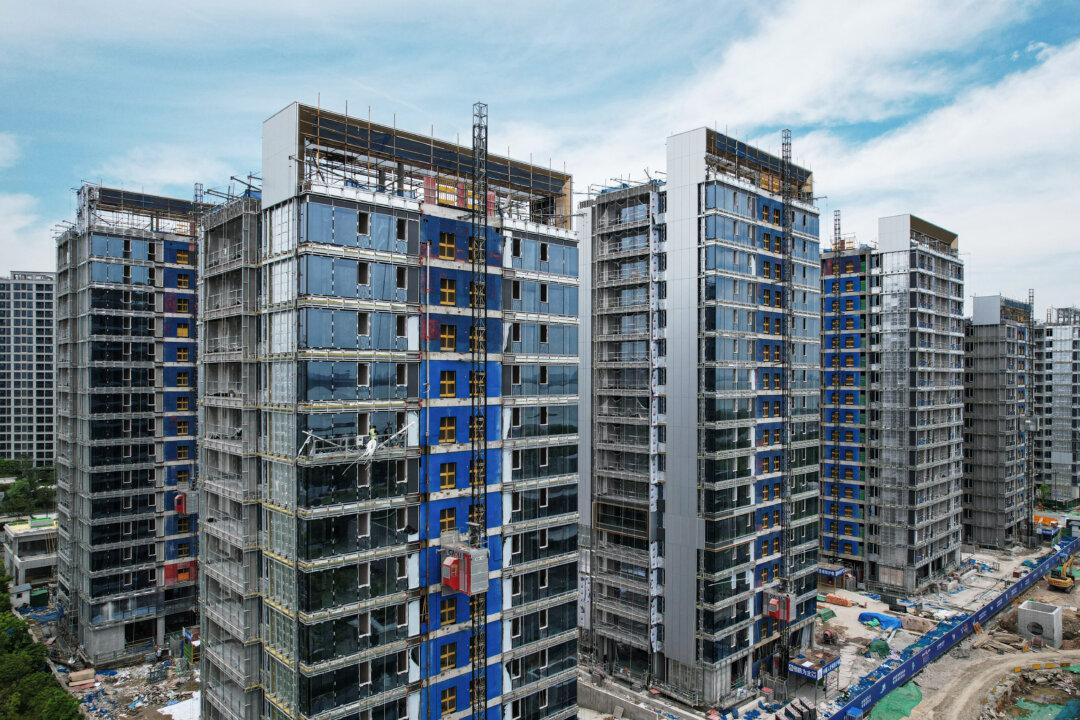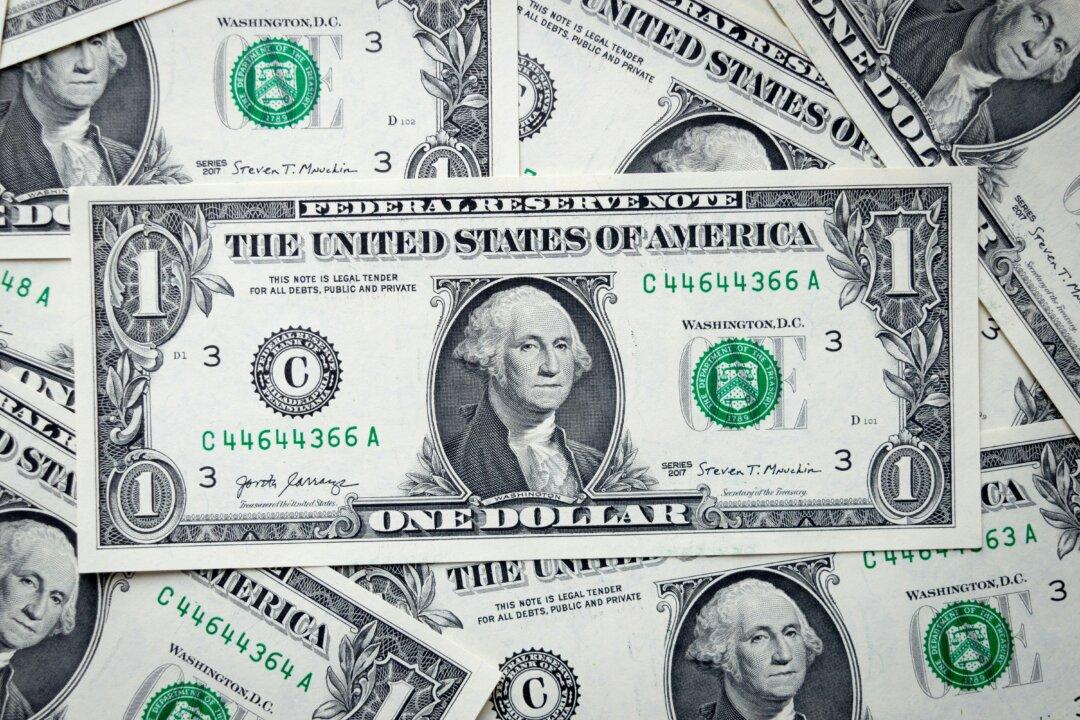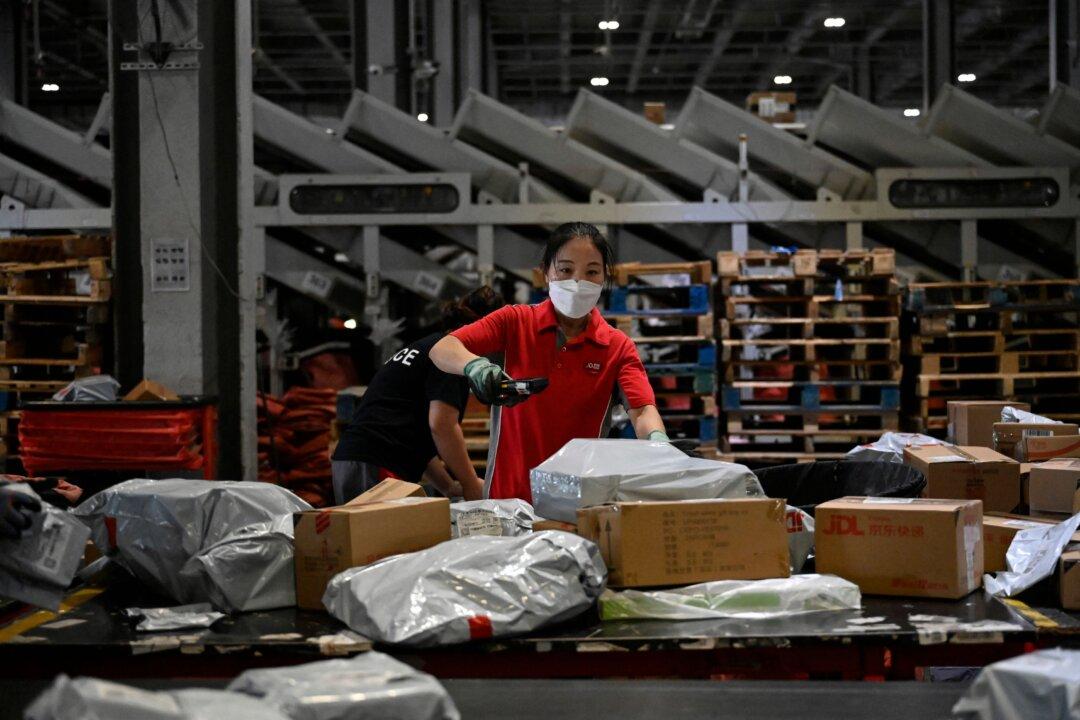Faced with an imminent financial crisis, Sri Lanka has reached an agreement with the Export-Import (Exim) Bank of China to cover about $4.2 billion of the island nation’s outstanding debt, according to a statement issued by the finance ministry on Oct. 12.
The government of the cash-strapped nation, which was hit by its worst economic crisis in history when its foreign exchange reserves fell to a critical low, stated that the proposed terms would offer the required fiscal flexibility for Sri Lanka to carry out its ambitious reform program. However, no specific details about the agreement were disclosed in the announcement.





